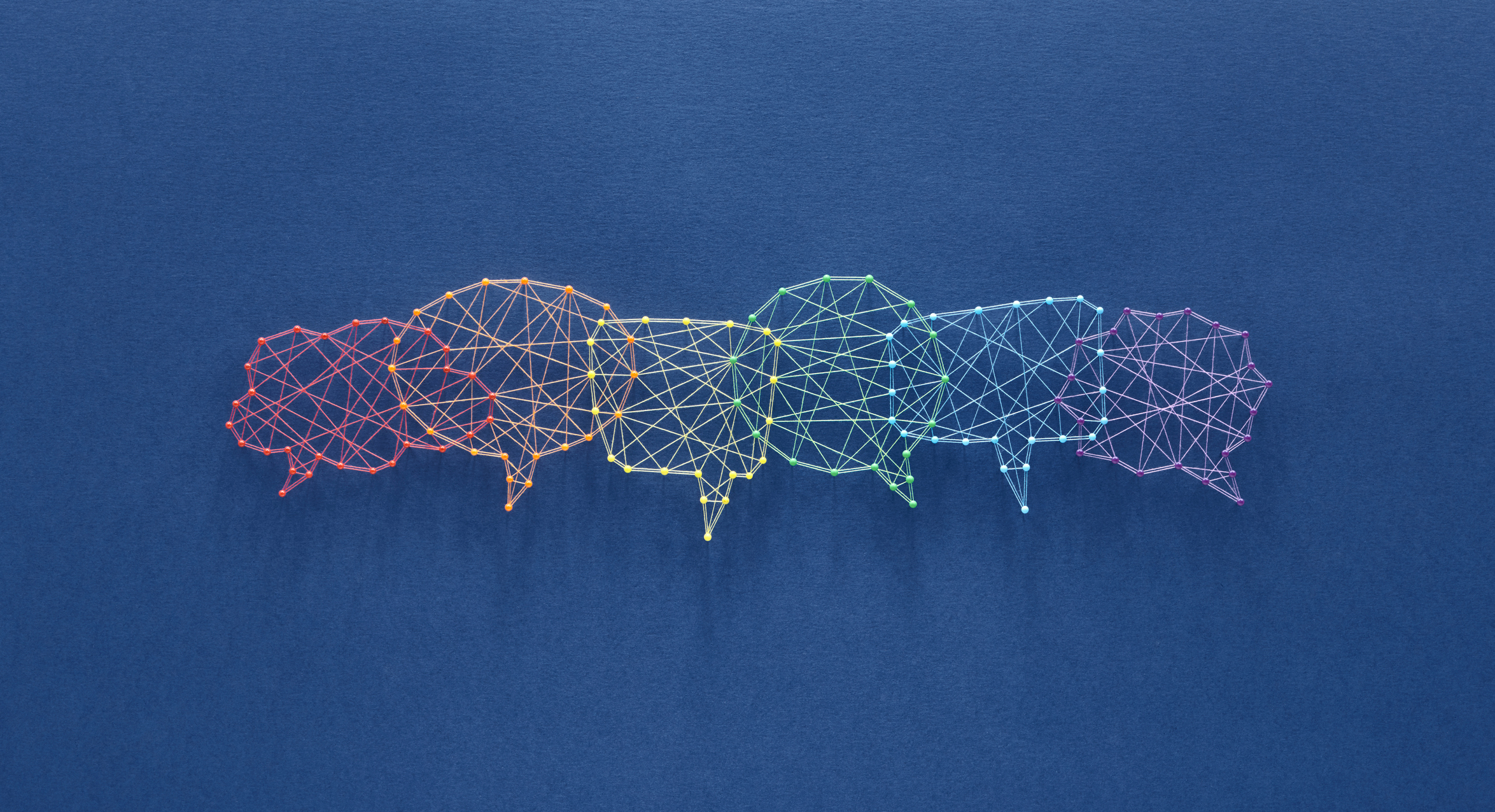You’ve read the headlines: daytime basketball in March may account for billions in lost productivity. College hoops games trigger a rise in online streaming, bracketeering and health-related absences. Big data can’t solve the last problem, but it can help your employees fill out their brackets more efficiently, saving more time for TPS reports.
The statisticians at the NCAA have poured over years of tournament history to provide interesting nuances about the NCAA Men’s Basketball Tournament (March Madness). They stopped by Reddit this week to share their basketball knowledge in an AMA.
For those unfamiliar with Reddit, AMA’s stand for “Ask Me Anything” and are a free tool ordinary people, celebrities and even brands use to tell their stories and promote products. AMA’s are a terrific awareness tactic that can be used to support B2C and even B2B brands. But this blog is aimed at a different B2B crowd: basketball fans and bracketologists.
Using big data from tournament pasts, here are 4 tips to be most productive when creating your selections.
- Nineteen percent of tournament teams are named after birds – not counting the Iowa State Cyclones who have a cardinal mascot since tornadoes are hard to depict. If you are penciling in picks based on strongest mascot consider this: bird and weather teams have only met 11 times since the modern era of March Madness (since ’85). And weather teams hold the advantage 7-4. This is not good news for the Kansas Jayhawks who could face the Miami Hurricanes in the second round and Iowa State in the Sweet 16.
- If you prefer to pick your battles based on your favorite colors, the NCAA historians also have you covered. Mildly interesting fact: a team with brown as a primary color has never played a team with yellow as a primary color. Only six teams have played in tournament games (not including play-in games), since 1985 and have a sad 23.3 percent winning percentage. Blue teams, orange teams and yellow teams are the only colors with winning percentages over 50 percent. Red teams make up the majority of the tournament field, and tournament games – but have a winning percentage around 46 percent.
- Undecided on a champion? History favors the blue bloods who always seem to wear blue. Teams in blue have won 20 of the last 32 titles. This year, blue teams make up the majority of your one and two seeds with Gonzaga, Villanova and North Carolina (1s) and Duke, Arizona and Kentucky (2s). Of course, as any analyst will tell you, data can be skewed in any direction you want. Arizona could also be considered red, while Florida according to NCAA records counts as an orange team.
- All about upsets? Don’t necessarily get caught up on the 12-seed versus and 5-seed games. While the 12-seed and 5-seed upset storyline is a popular trope, as of last year the 11-seed had as many upsets over the 6-seed. Through 128 matchups, 11-seeds and 12-seeds have won 35.8 percent of first-round matchups. Using these patterns, Thursday afternoon projects to be the most hectic and least productive of all. Four of the first nine games to tip are 12-seed versus 5-seed or 11-seed versus 6-seed.
If after all of this helpful data, you still need productivity tips, here are a few helpful hints we’ve written about before.




